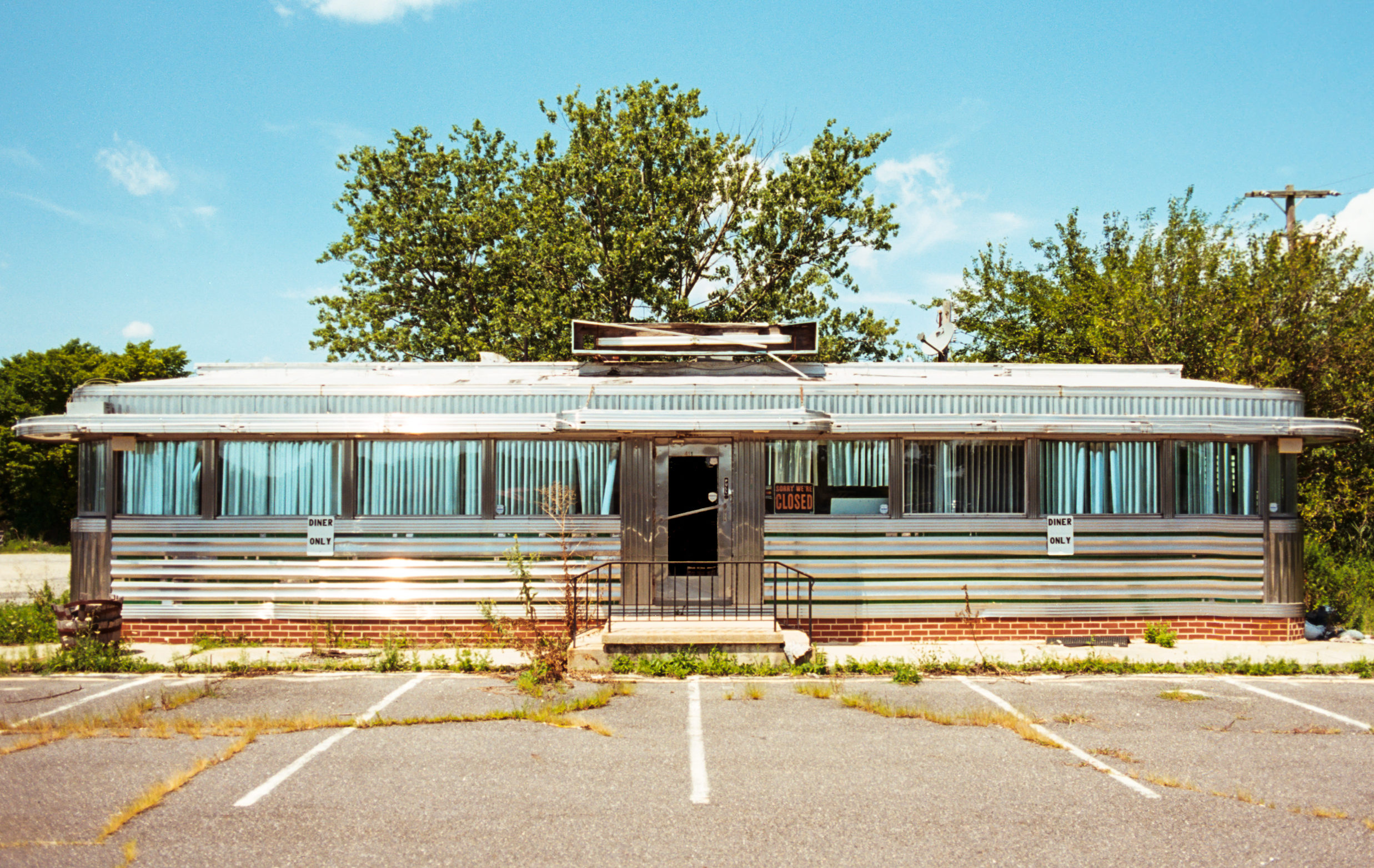Amazon Threatens Local Restaurants
Amazon’s new partnership with GrubHub will make it harder for small restaurants to compete with deep-pocketed chains.

Amazon announced it will offer Prime members unlimited food delivery through the delivery app GrubHub. While the move will almost certainly be unprofitable in the short run given GrubHub's financial woes, it could help Amazon capture yet another major American industry.
GrubHub and other food delivery apps operate at a loss. Still, they got a predictable boost during the pandemic. In 2020 GrubHub, UberEats, and DoorDash saw revenue growth of 38 percent, 153 percent, and 241 percent, respectively. Customers grew to appreciate the convenience provided by the apps, and that demand has survived the pandemic. As a result, restaurants have seen more and more of their orders originate from these digital platforms. For some, online orders have become the main source of business.
"If [a delivery app] starts becoming 30 percent, 40 percent, 50 percent of your business," one New York City restauranteur told NPR, "it is not incremental business—it is your business."
Most of the major delivery apps, GrubHub included, charge restaurants exorbitant service fees. While its fees vary by location and restaurant type, GrubHub has charged upwards of 30 percent for every sale made on its platform. Small restaurants operate on tight margins, with most netting between 3 and 5 percent on every order. The only way for many smaller restaurants to stay afloat with GrubHub is to push higher-margin menu items or pivot to catering.
Local alternatives, like delivery co-ops, are viable options in some towns and cities. Smaller delivery companies tend to pay their drivers better, and offer restaurants more competitive rates than the Wall Street-backed digital platforms.
But the demand for an all-in-one digital experience, in which consumers can peruse several menus from one platform, isn't going away, which is why apps like GrubHub and PostMates have cornered the market in many metro areas. It is also why many restaurants stay on GrubHub despite its steep fees: it's what their customers want. The owner of a small pizza restaurant, for example, told CNN he would lose over 80 percent of his business overnight if he stopped selling on GrubHub.
Despite their popularity, food delivery apps have struggled to turn a profit. In 2020, GrubHub lost more than $155 million; UberEats lost nearly $6 billion. The delivery giants have to pay their drivers, and are subject to the vicissitudes of local food service markets. Their per-delivery costs don't go down as the business grows.
As Stacy Mitchell of the Institute for Local Self-Reliance argued, food delivery apps "are not viable businesses" given their inherent diseconomies of scale. Why would Amazon choose to do business with a corporation that has never been profitable and has shown no signs it can overcome its structural deficiencies?
It could be, as Mitchell argued, that they see an opportunity to enact "a predatory pricing scheme" that would result in Amazon's "monopolizing delivery in different metros." Classical economic theory says it is irrational for a firm to engage in "predatory pricing"—selling a product, in this case a delivery service, for less than what it costs to produce to drive out competitors—in industries with low barriers to entry. If a firm in a low-barrier industry undercut its competitors and used its newfound monopoly power to raise prices, classical theory says a new firm would enter the market and sell the product for less.
But markets don't always work the way theory predicts. And understanding Amazon's actions requires a broader reconsideration of what anticompetitive behavior looks like. As Lina Khan, current chairwoman of the Federal Trade Commission, wrote in a 2017 Yale Law Journal article on the antitrust "paradox" posed by Amazon, "the current framework in antitrust—specifically its pegging competition to 'consumer welfare,' defined as short-term price effects—is unequipped to capture the architecture of market power in the modern economy," which often manifests in "predatory pricing" and attempts to integrate "across distinct business lines."
Subscribe Today
Get daily emails in your inbox
While it's possible that the Amazon-GrubHub deal will result in higher prices and reduced menu offerings for consumers—some restaurants have raised their menu prices for GrubHub delivery orders to compensate for the app's high service fees, and others, particularly those who do most of their business through the app, take lower-margin items off the menu altogether—the harm is bigger than that.
The only way to effectively address Amazon's attempts at cross-industry consolidation, of which its partnership with GrubHub is an example, is to expand our idea of what constitutes consumer welfare. Is the only conceivable harm to consumer welfare in the food delivery market an increase in delivery prices? Surely, the possibility that some local restaurants will fold in the face of high service fees constitutes a "harm" to the consumer and his community. A greater harm, I'd argue, than shelling out a few extra dollars to a delivery boy.
This article was supported by the Ewing Marion Kauffman Foundation. The contents of this publication are solely the responsibility of the authors.
Comments